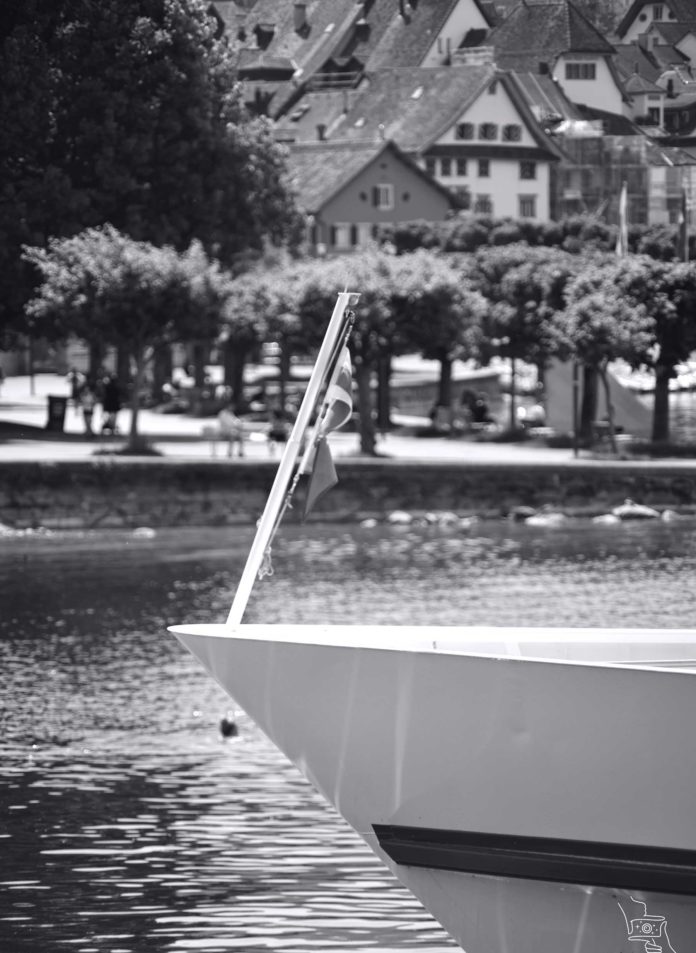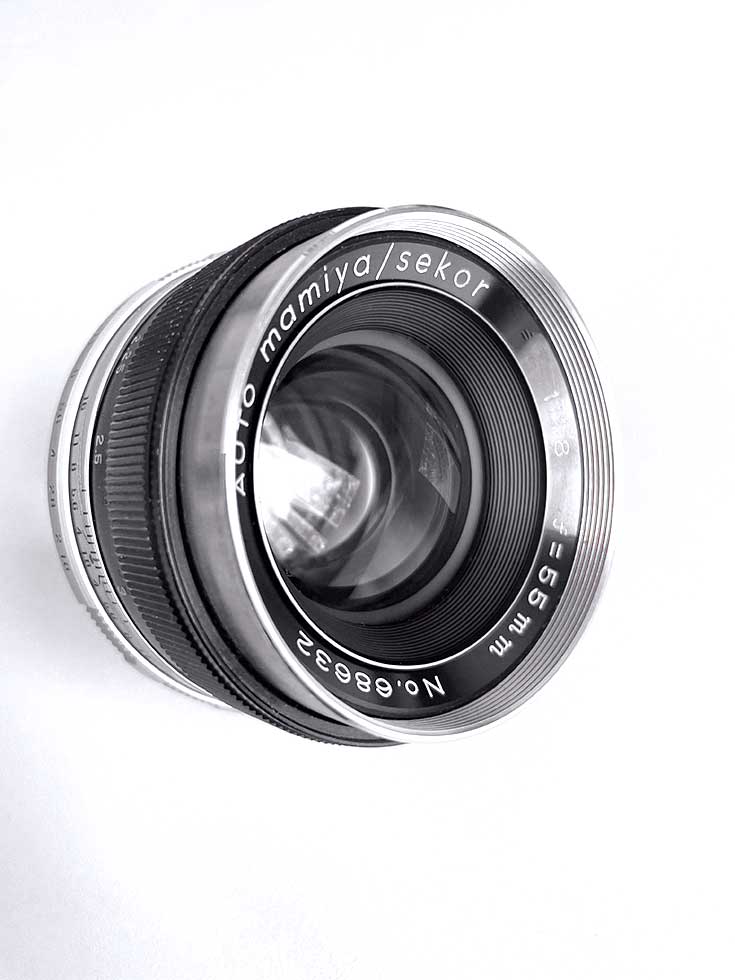Built Quality and Design
Mamiya Sekor lenses, such as the 28mm f/3.5, launched in 1980, and Sekor 55mm f/1.8, launched in 1974, exemplify a commitment to robustness and precision. Crafted entirely of metal, they provide a tactile sturdiness that contemporary photographers relish. This durable architecture ensures the lenses withstand decades of use. Of course, these lenses are already 40+ years old, and different copies can vary in optical clarity, actual aperture condition, and mechanics.
Optical Performance
Historically, Mamiya’s Sekor lenses have delivered notable optical results, particularly the 50mm f/1.7 and 55mm f/1.8 from 1980 and the 135mm f/3.5 E. Their wide-open softness adds to the sought-after vintage effect. Still, they can struggle with flare and contrast in harsh light; issues remedied somewhat by using a hood. The long manual focus throw reflects the lenses’ vintage legacy, offering appeal and a test of adaptability in swift shooting contexts. Inherent to their time, these qualities contribute to the enduring charm and experiential richness of using classic gear. The Sekor 55mm f/1.8 impresses with clarity, sharpness, and color rendering. It is an outstanding vintage lens that is adaptable to EOS mirrorless systems.
Image Engagement
The character of the images produced is distinctive – they resonate with a nostalgic charm. The unique rendering, the “softness” at large apertures, gifts photographs with a timeless quality. This subtle imperfection, an antithesis to the clinical sharpness of modern lenses, is precisely what makes this family of lenses so unique.
Photo Finesse
Embracing these lenses means embracing their character. To appreciate the Sekor 55mm f/1.8 is to enjoy its distinct character. This lens captures images with a certain flair that modern lenses struggle to match. Its bokeh is pleasing, even delivered through the lens’s 6-blade aperture design. The lens contrasts with subtle finesse, and its tonality is especially prized by those who value vintage aesthetics in their photography.
Photographing Journey
The journey with Mamiya Sekor lenses is one of exploration and rediscovery. Whether the wide-angle 28mm f/3.5 or the telephoto 135mm f/3.5, each focal length offers a window to the past, where each frame encourages a slower, more deliberate approach to photography.
Compatibility and Adaptability
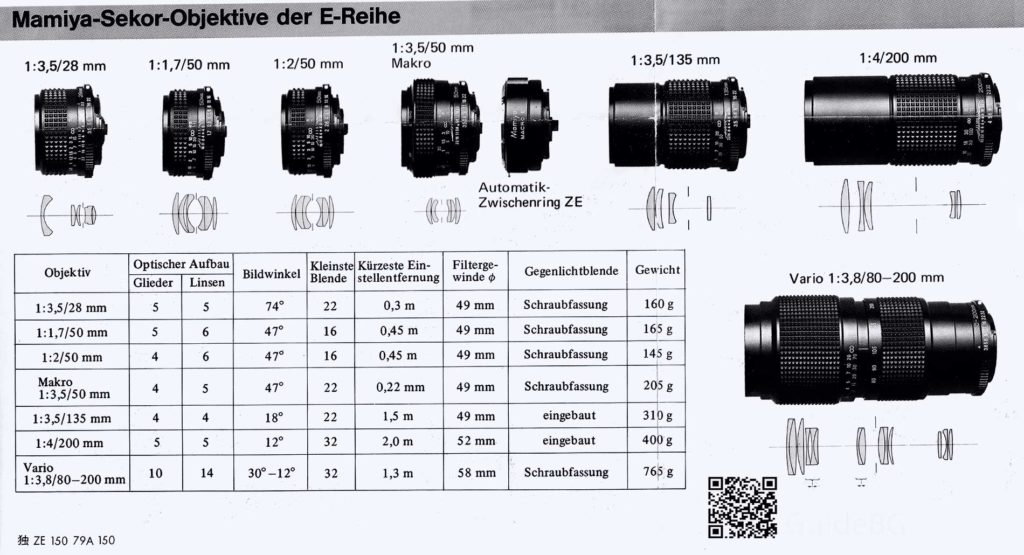
Most of the Mamiya lenses have a Mamiya ZE mount. With the introduction of adapters, such as Fotodiox and others, ZE mount lenses can effortlessly find new life on modern Canon EF mounts. The Sekor 55mm f/1.8 features an M42 mount. It can quickly adapt to Canon, Sony, Nikon, and other systems with the many M42 adapters. This ease of adaptation has introduced these venerable lenses to a new generation of cameras and photographers. Sample images provided are taken with M42 adapter and Canon EOS R5.
Final Words
Mamiya Sekor lenses stand at the crossroads of past and present, bridging traditional film photography and the digital age. They are a testament to Mamiya’s legacy – lenses capable of creating beautiful imagery that is a delight to use and adapt. As a user, I can attest to their solid construction and the unique visual signature they bring to images, ensuring these lenses remain valuable in any photographer’s toolkit.
Sample Photos
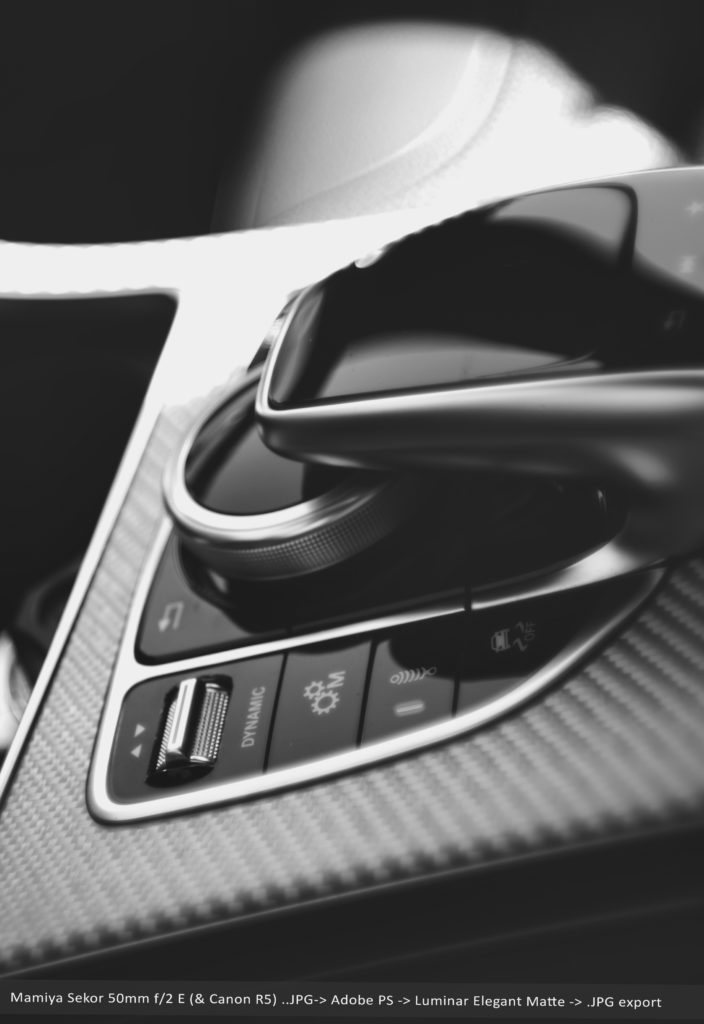
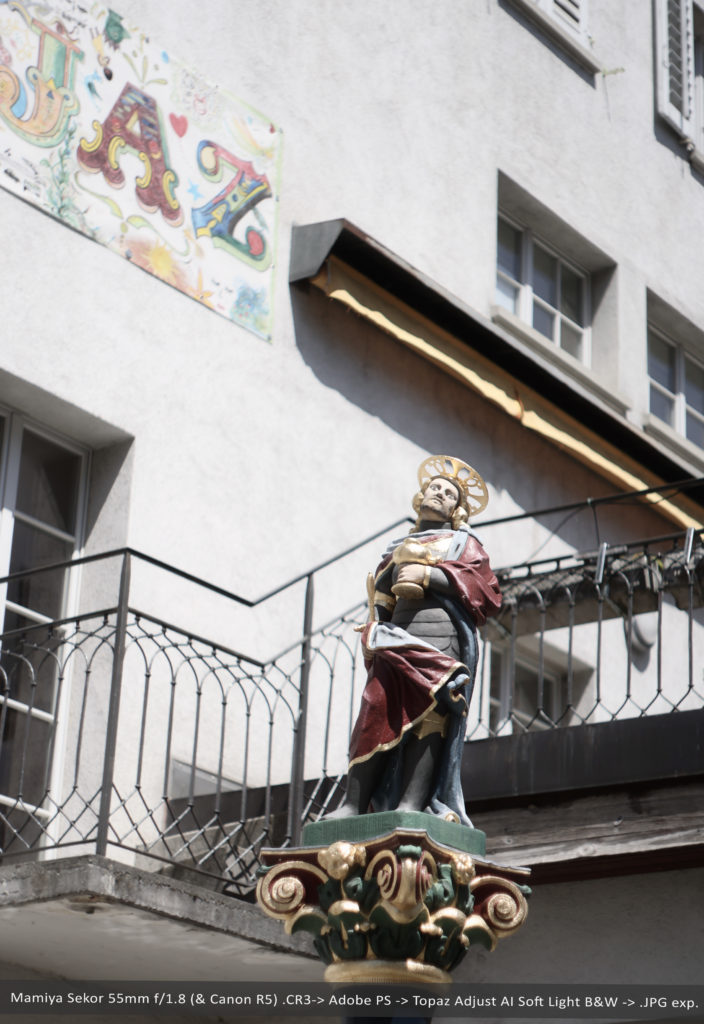
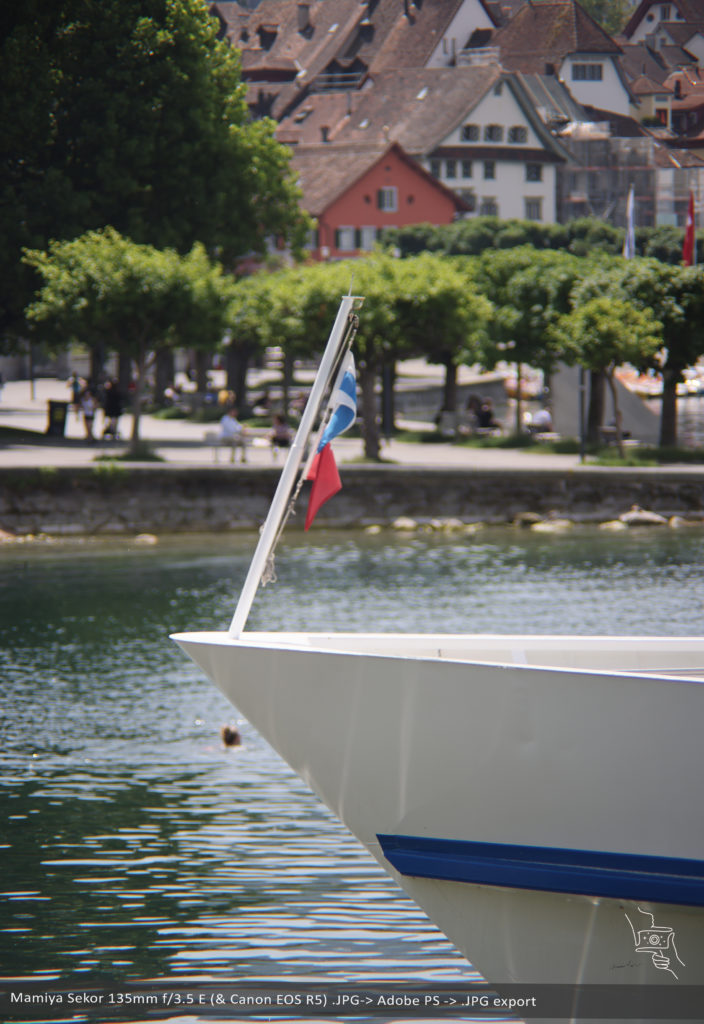
Pros: The Mamiya Sekor lenses are celebrated for their build quality and the unique, vintage character they bring to images. The ability of some of the lenses from the Sekor family to produce pictures with distinct bokeh, micro-contrast, and tonality is appealing to both enthusiasts and professionals.
Cons: However, these vintage lenses have drawbacks, such as susceptibility to flare and contrast loss in direct light, which can often be mitigated with a lens hood. Their long focus throw offers precision at the cost of speed and reflects the vintage era of their creation.


